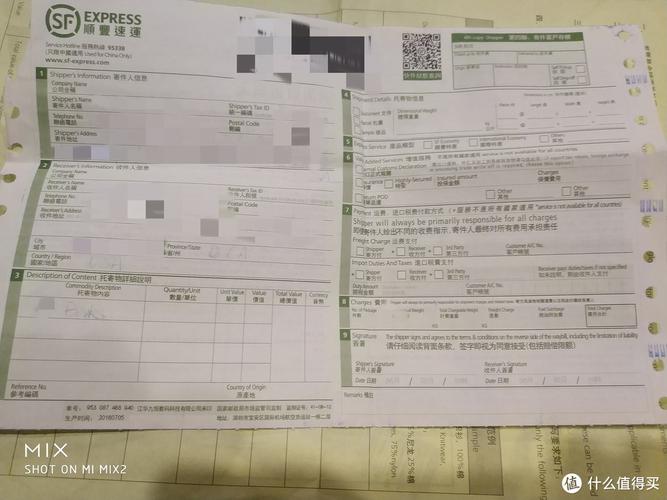
Understanding the Differences: EMS vs OMS
When it comes to managing orders and logistics, two systems often come up in discussions: the Order Management System (OMS) and the Execution Management System (EMS). While they both play crucial roles in the supply chain, they serve different purposes and have distinct functionalities. Let’s delve into the details to understand how they differ from each other.
Order Management System (OMS)
The Order Management System (OMS) is designed to handle various aspects of order management, from creating orders to ensuring compliance with certain constraints during the order creation process. It provides a range of functionalities that cater to transaction management, including transaction portfolios, trading instructions, FIX connections to execution targets, algorithmic trading options, account allocation, and reminders for brokers and dealers at the end of the day.

Here are some key features of an OMS:
| Feature | Description |
|---|---|
| Order Creation | OMS allows for the creation of orders in multiple ways, ensuring flexibility in managing transactions. |
| Order Compliance | OMS performs order compliance checks to ensure that users receive certain constraints during order creation. |
| Transaction Management | OMS provides transaction portfolios, trading instructions, and FIX connections to execution targets, enabling efficient transaction management. |
| Algorithmic Trading | OMS offers algorithmic trading options, allowing users to automate trading strategies. |
| Account Allocation | OMS facilitates account allocation, ensuring that orders are routed to the appropriate accounts. |
| End-of-Day Reminders | OMS provides reminders for brokers and dealers at the end of the day, helping them stay on top of their responsibilities. |
Execution Management System (EMS)
The Execution Management System (EMS) is specifically designed for execution and customization. Its primary focus is on speed, transaction volume, and data analysis. Unlike OMS, EMS does not concern itself with creating and maintaining asset portfolio models and account balancing. It is suitable for active traders, hedge funds, or long-term asset managers who prioritize achieving favorable prices for large orders rather than the distribution of a series of accounts.
Here are some key features of an EMS:
| Feature | Description |
|---|---|
| Execution Speed | EMS is designed for high-speed execution, ensuring quick order fulfillment. |
| Transaction Volume | EMS is capable of handling large transaction volumes, making it suitable for active traders. |
| Data Analysis | EMS provides advanced data analysis capabilities, enabling users to make informed trading decisions. |
| Customization | EMS allows users to customize their trading strategies and algorithms, providing flexibility in execution. |
| Real-Time Pricing | EMS offers real-time pricing references, enabling users to stay updated with market conditions. |
| Advanced Trading Capabilities | EMS provides advanced trading capabilities, including the ability to execute a portion of a trade for price discovery and then execute the remaining trade. |
Conclusion
In summary, the Order Management System (OMS) and the Execution Management System (EMS) serve different purposes in the supply chain. OMS focuses on managing orders and ensuring compliance, while EMS prioritizes execution speed, transaction volume, and data analysis. Understanding the differences between these systems can help businesses choose the right tool for their specific needs.


